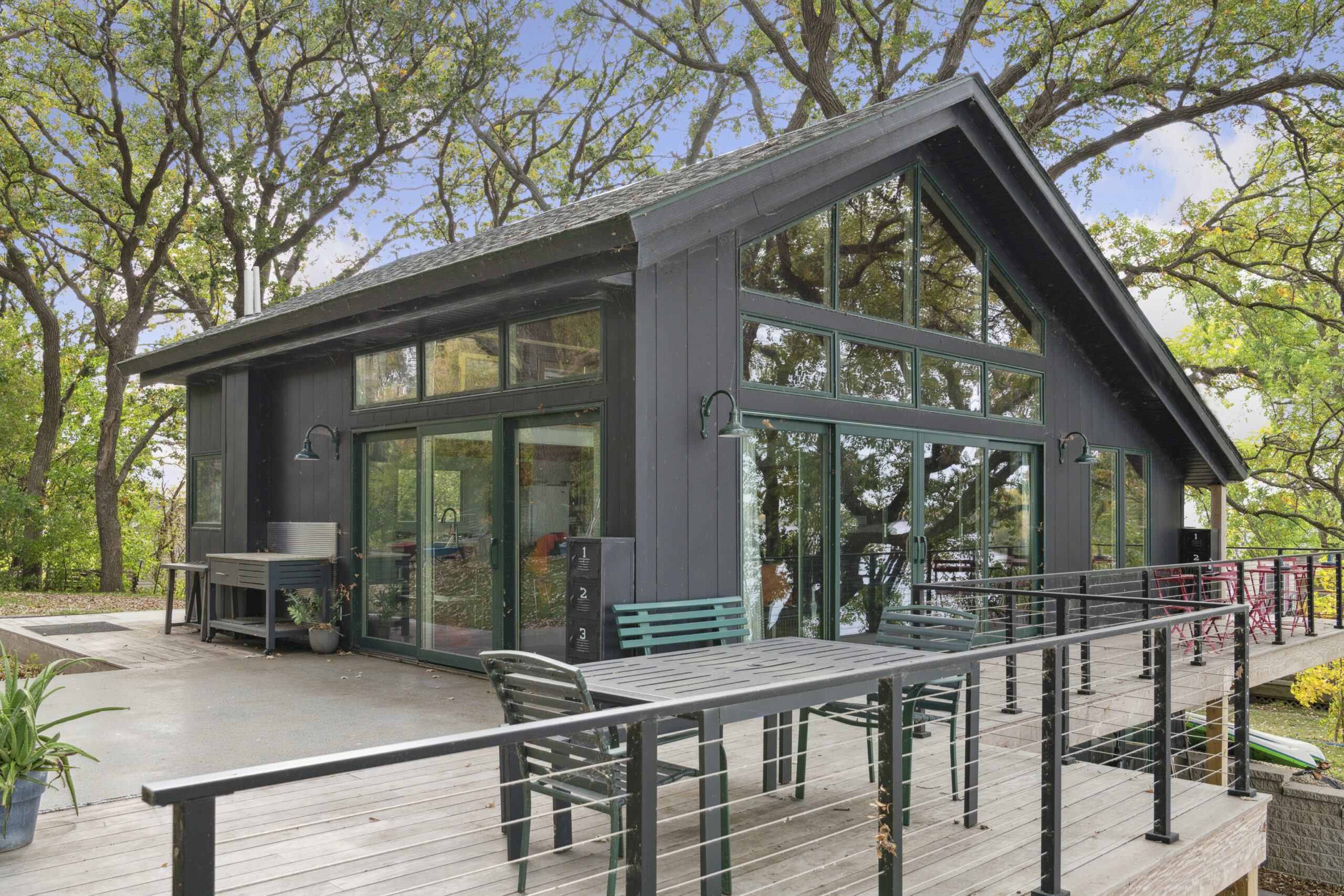Let’s Go Team: Finding the Right Partners

Assembling a team of qualified professional consultants and trade-related contractors is a critical step in any construction project. When remodeling or rebuilding a cabin, there are many aspects to consider when choosing your team. Different paths require different partners to achieve a successful project.
As with any design, cost and budget are significant factors affecting the scope of the project. They impact both the quantity (size of the project) and the quality (types of materials) related to the project. It’s often a challenge to align the budget with actual construction costs, but the architect working with consultants and a general contractor early in the design phase can help maintain costs in line with budget constraints.
In nearly all instances, the structural engineer is involved with the project as a consultant to the architect. The structural engineer addresses critical questions that must be answered early in the process. What type of foundation does the cabin rest on, and what condition is it in? Does the cabin need updating to meet current codes and construction methods, and can it support modifications or an addition? With any remodeling or new construction project, a soil analysis will be required to determine if conditions are suitable to support the loads or weight imposed on them. Along with the general contractor, the structural engineer can help identify cost considerations related to structural elements.
Determining what phase of the process to assemble other members of the project team is essential. The scope of the plumbing, electrical, or heating systems might significantly impact cost, and determining what those costs are early in the design process helps maintain the budget. A reputable general contractor typically has a list of trades that they would recommend.
Mechanical engineering is responsible for the heating, ventilation, air conditioning (HVAC), and sometimes plumbing of the building. These disciplines are handled in two ways:
1. On most residences and smaller projects, they are managed through a design-build process, where the HVAC contractor designs or retains an engineer. HVAC is under contract with the general contractor and coordinates the work with the architect. Plumbing is usually done on a design-build basis, similar to HVAC.
2. For larger, more complex projects and those requiring licensed certification, mechanical engineering is usually done as a consultant service and part of the architect’s contract with the owner.
Many other disciplines can contribute to the cabin’s design, usually as consultants to the architect. These, too, can be under contract with the architect or directly by the owner:
1. Civil engineers who design utilities might be needed to consult on sewer and water, site grading, drainage, and roads and drives.
2. Landscape architects engaged in the design of outdoor spaces could enhance exterior spaces to complement the architecture.
Interior designers can contribute to the inside spaces by designing textures and colors of floors, walls, ceilings, and furnishings.
Any successful project requires a great deal of planning and scheduling. The complexity and size of the project can influence the duration of the design phase. The time of year you start the design process will impact the construction start date. A smaller project or an internal rearrangement can be accomplished year-round, but additions and new construction can have a limited window of opportunity when considering seasonality.
There are many variables in play. Teaming up with the right players is a key to the project’s success.

